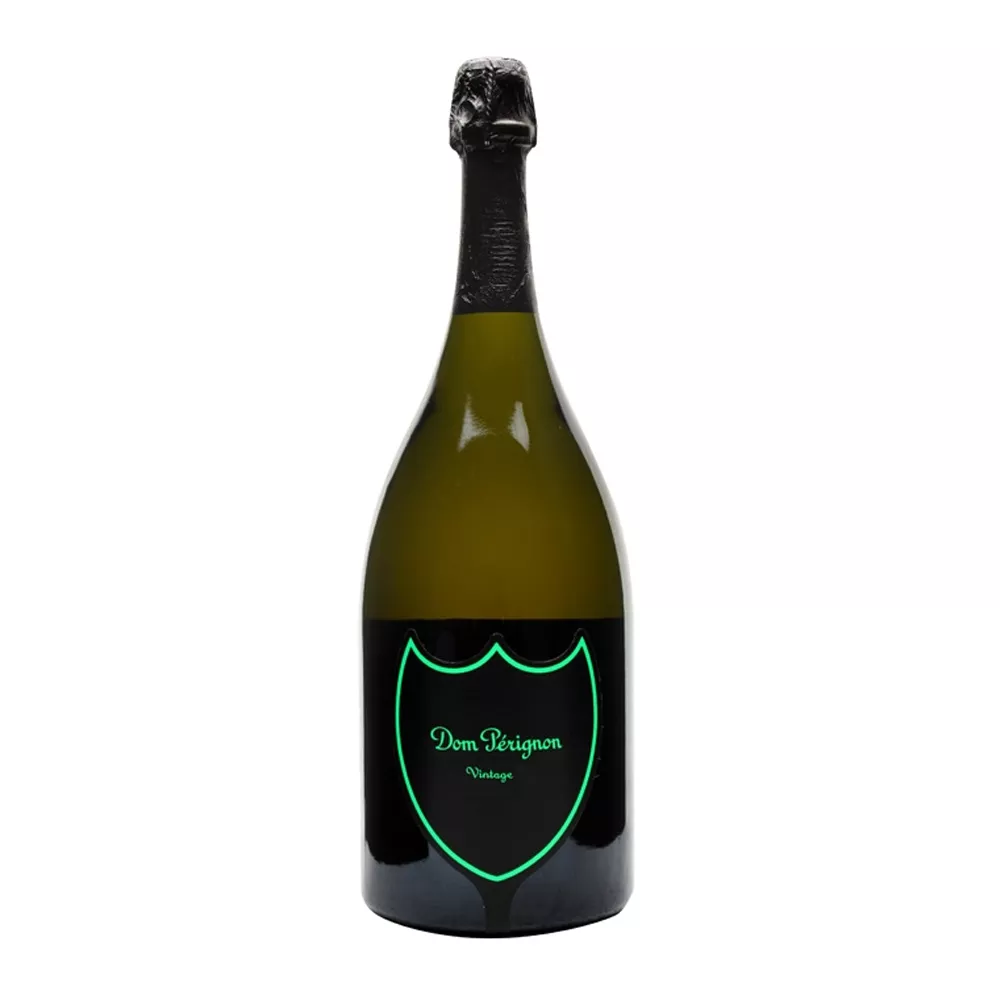Considering famous champagne houses but overlooking Dom Perignon? Impossible.
Produced by Moet & Chandon, co-owners of luxury group LVMH, Dom Perignon is one of the most prestigious champagne houses in the world, listed in the Top 10 champagne houses byForbes. Its long history and strategic approach have elevated it to the status of a true business tycoon, with annual revenues in millions of dollars.
Located in the blush-dripping Epernay estate of the Champagne region, Dom Perignon is a major attraction in France.
Dom Perignon And Its burgeoning History Towards Success:
Dom Perignon is named after its founder, Dom Pierre Perignon, a French Benedictine monk. Born in 1638, he led the Benedictine abbey as a cellar with the major responsibilities of inspecting and prospering the vineyard and abbey.
During this tenure, he surpassed the basis of winemaking and delivered to the world; a new rush to blends.
He improved the quality of making sparkling wines by blending the grapes roundedly and pioneered making clear white wines from black grapes.
His main distinguishing feature was his prohibition of the use of any additives during the winemaking process; he was a true champion of natural processes, ushering in a new era in the world of champagne.
Dom had a few struggles with the fermentation process and low quality glass bottles that would often explode.
He worked upon the same and introduced thick glass bottles and exchanged wood seals with corks wrapped with hemp string soaked in oil to instill freshness in wines.
Though, the tug of war between myth and fact is high regarding whether he invented champagne or not, there is no lie that Dom Pierre Perignon was a breakthrough in the making of champagne. Thanks to his cellar position that provided him hands-on experience and inspiration.
Under the majesty of Louis XIV, wine merchants were immensely impressed and Dom’s wines entered the royal courts of Versailles. Since then,Champagne Dom Perignon has been nothing but the charm of the elite.
Dom Perignon Post 17th Century:
In a complete initiation, it was in 1921 when Dom Perignon made his first vintage, which was released much later in 1936 for sale. The first fine customer of this brand wasSimon Bros & Co., who ordered 300 bottles in one go.
It was at that moment that the brand was onboard to reach other corners of the world. Around 100 boxes were imported to the United States, and this increased the popularity of Dom Perignon and it became a real choice of luxury.
Did You Know?
The champagne of choice for the wedding of Lady Diana Spencer and Prince Charles was Dom Perignon. The vintage of 1961 enhanced the aura of this ceremony.
Dom Perignon And The Backlashes
The odyssey to current fame was not all a bed of roses for Dom Perignon. The brand faced a lot of clashes with luck and time in the initial journey of commercialism. In the first half of the 20th century, when it began selling out, its major markets, the UK and the US, saw a major crash in their respective economies.
The Great Depression soaked the air, and world wars had their own fragmented destruction consequences across the globe. Sales started to drop off, and so did prices in response. No cost allocations and cut downs helped with the budgetary issues due to which many champagne houses as well as firms and private entities chose to shut down.
Dom Perignon was literally on the verge of closing down, but it was at this moment , a real abrupt change occurred!
Robert - Jean De Vogue, Managing Director of Moet & Chandon, soaked up the strategies and sold off vintages to the wealthy sector of the United Kingdom. So much so was the growth that within 3 years, 300 replicas of the 18th century vintages were imported by Simon Bros & Co. for elite clients.
Since then, the track of success was regained. This take by Robert-Jean De Vogue saved Dom Perignon from wiping out history.
Dom Perignon’s Prestige Immortalized
Even though the 20th century passed with grace for this champagne house, the dedication and strategic approach have been knife sharp throughout.
Today, Dom Perignon is still known for deliveringtop-notch vintageseach year. Its motto is to deliver its customers a palate experience, the equivalent of what was experienced by Dom Perignon himself-"Come quickly, I am tasting stars!"
The house has become a matter of status with its unrivaled blends and commitment to the finest viticulturally practices. The potential customers are upper class with the aim of spending leisure time on fine toasts and aperitifs.
There is no compromise on the quality as any deviation can make it dwindle in the intact competition of the market. Among its competitors, it has a solid reputation for producing vintages of the highest quality and standards.
Also know:Louis Roederer’s Cristal Champagne History
Each year, a promising vintage is delivered, and if any annual harvest goes unsuccessfully, the house forgoes declaring a vintage. This makes them stagnate the quality, making the previous vintage more exclusive and the new one more anticipated.
Owning more than 2,000 acres of vineyards, the supply chain is regulated in full flexibility and only 20% of each harvest is given clearance to pursue quality champagne production.
That is the sheer dedication of this champagne house. That’s the mere reason for the lavish Dom Perignon price tags and the craze for Dom Perignon vintages worldwide.
In 2002, Dom Perignon took a step further and established itself as a cultural and heritage brand by paying a tribute to pop artist Andy Warhol with its iconic, colorful labeled range of vintages.
In 1996, Dom Perignon Rose Gold Methuselah adored the highest reputation among all vintages with its iconic features. It is a $50,000 gold -plated bottle holding 6 liters of fine blend. Only 35 bottles are produced each year for millions of Dom fans around the globe.
Come, Explore Dom Perignon And Its Vintages:
Dom péperignon is always an assemblage, and always one Rosé assemblage and one Blanc assemblage. Both have rich aging potential, fullness of blend with an inhibition of at least 8 years in deep cellars.
Come, let’s explore a few of the best selling Dom Perignon vintages.
So this was Dom Perignon's early beginnings and its brief history. Salute to the perseverance that made this champagne house pave through all hindrances and maintain a remarkable aura of unparalleled quality, strategies, and adoration from its customers.









